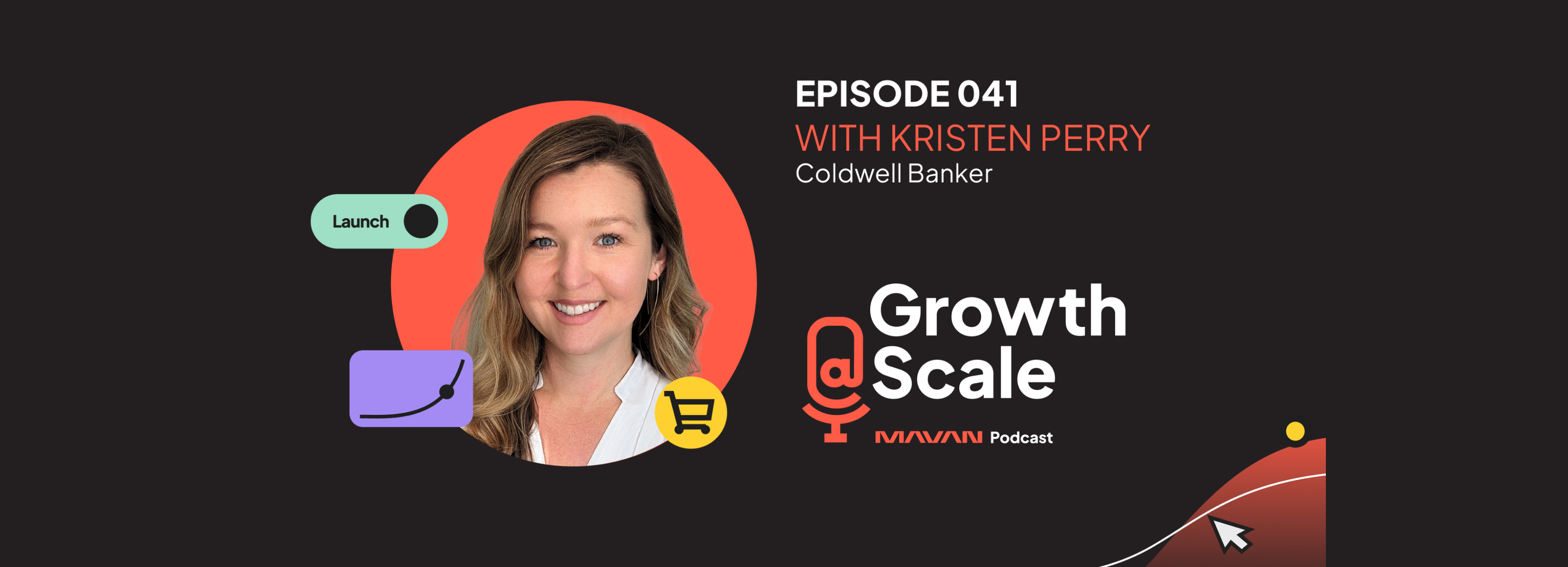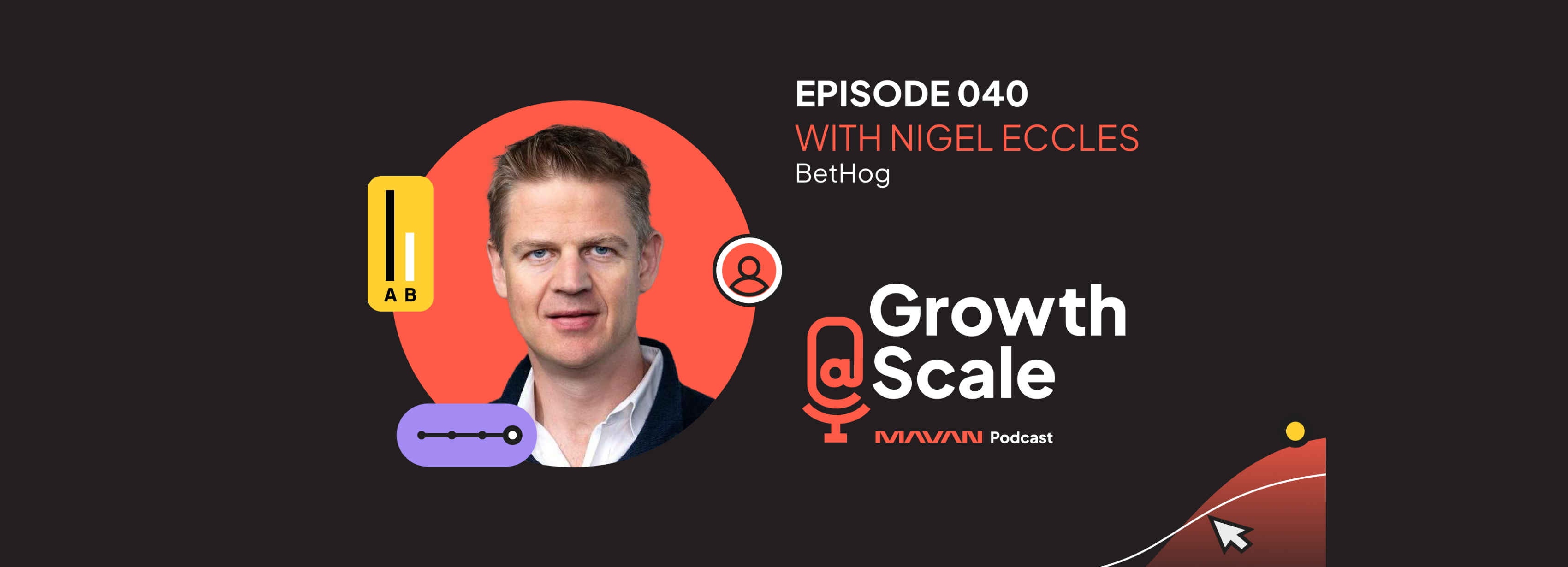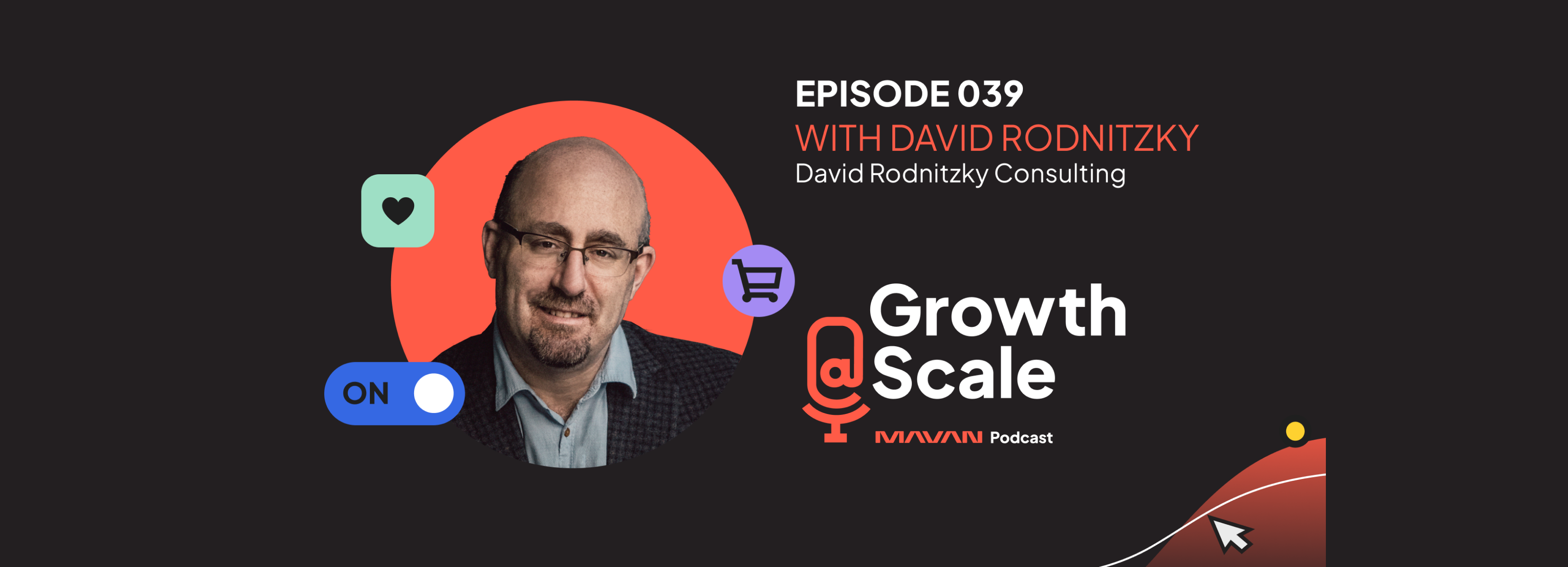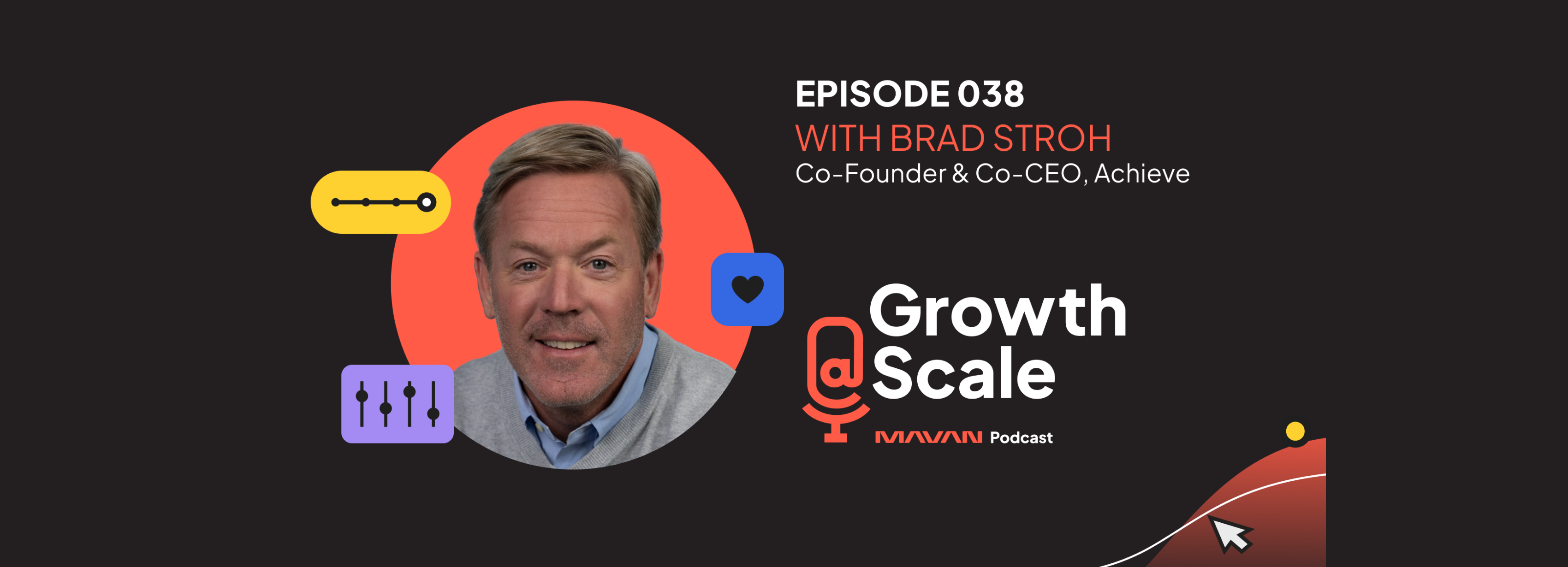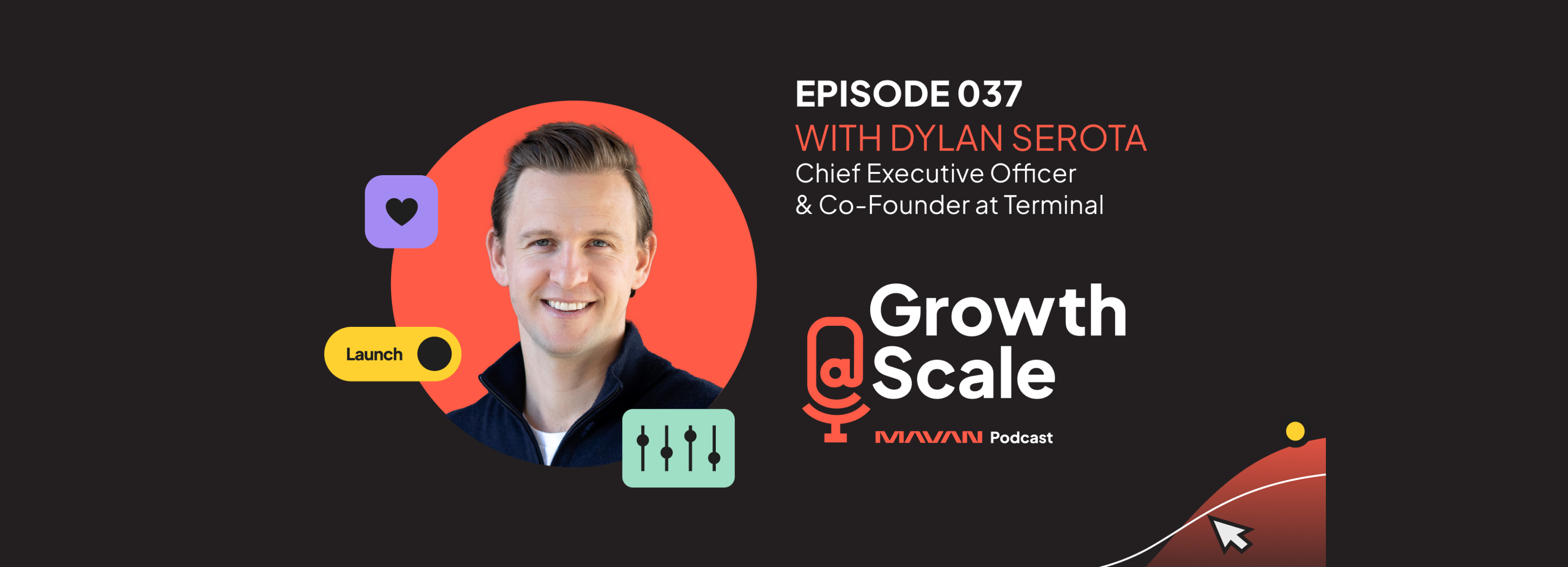Growth@Scale – Episode 3 – Ed Lee
Matt Widdoes
Welcome to Growth@Scale. I'm your host, Matt Widdoes. This is a podcast for leaders who want to bring sustainable, predictable, scalable growth to their businesses. Every episode, I sit down with world class growth experts across product, marketing, finance, operations, you name it. The hope is that these conversations will give you real actionable advice for building and sustaining company growth. Our guest today is Ed Lee, a product and growth expert, formerly at Digit. Ed brings years of experience in user acquisition to our talk about growth teams, how they work, and how they can help your company find the users you need. Something I see a lot is people think what they see when they look around at their competitors and they say, well, they're making it work on Android or they're crushing it in iOS Canada. Why aren't we crushing it in iOS Canada? I feel like oftentimes the attention goes to the marketing team broadly in many direct, consumer and digitally driven businesses. From what you've seen in your career, what are kind of some of the common misconceptions from your perspective on maybe growth generally, but specifically user acquisition?
Ed Lee
Yeah, I think you're bringing up a good point right when you start going to different countries or even a different OS, your product is the same, but the end audience is very different. And I think we often overlook that. We think we have a problem. This problem is going to appeal to a large majority of, say, canadian users or people on Android. And while that may be true, you really don't know what you don't know. So a common misconception is that you can run the same campaigns and creatives now that might work. And I still think that it's worth trying it out, because, again, once you try it out, you're going to learn very quickly. When you look at your data, what does retention look like? What does downstream conversion flow look like? And, you'll know, with more data to go back to your team. That, hey, we need more support by thinking about better creative messaging, working with product marketing to think about that strategy and the holistic output of that. And I think that gets overlooked very easily. Everybody looks to the growth team and says, let's go spend money on Instagram. Great. Let's go spend money on TikTok, great, let's go do it. Just go launch a couple of campaigns. There's a couple of click of a button. Right? And that's really not the case. It's Holistic strategy that takes quite a bit of planning and thoughtful thinking of how do we talk to those users? Because, again, with the Geo, with the OS, and again on a different platform, they're different users. And so you get into a very hairy matrix here of how to talk, how to do your UA strategy properly. And it's a big misconception.
MW
Yeah. And the platforms offer just in and of themselves, even if they were the same audience. I'm going to engage with very different content on Facebook versus Twitter versus TikTok, and everything's going to look very different. Right. So in this post IDFA paid media world, what are some of the biggest things that you're seeing change? Any thoughts that you have on the future, broadly, on how things look? Once people kind of sort their way. Through these initial changes,
EL
so much has changed. It's funny when you compare it back to my gaming days and your gaming days as well. I think the marketing strategies was very different back then. Right. It was very focused on targeting and nuanced targeting and really taking advantage of what's capable on the channels and networks. And you didn't really need Holistic marketing and brand back then.
MW
Less so it could be more brute force.
EL
Yeah, you could brute force it. You could get in front of the user and still be super effective. It's so effective that you didn't have to do anything else. You didn't have to invest resources outside of your UA team. And that is so different now. Right. You're looking at a world where you can't really attribute users. And so building a brand, having content, being visible on search. Is going to help your conversion rate. It's also going to help build trust, safety with your product and your brands going forward. And so a lot of the kind of old school foundational stuff is having a big resurgence. And I'm super excited to see that because even myself, I've been a victim of overlooking that at times. And you need that, right? It's been a tried and true method over the past decades. And when you marry that with the advanced UA teams now, I actually think it's going to be a better outcome in the near future for us as we kind of sort through some of the technical components of the post IDFA world.
MW
That's a great point as well, I think as you were walking through that, I was thinking, man, imagine back in five years ago if companies had really invested holistically in some of these other areas and what that would have looked like. And it may be that post IDFA because there is this resurgence and a rebalancing of budgets and a rebalancing of effort and in some cases companies kind of bringing on these things for the first time that maybe on net they even out and in some cases maybe they expand. It's an even playing field, essentially. Now, I do think that there's probably an advantage for larger companies with larger first party data sets, but time will tell. And I do think that we will see this kind of holistic approach take more of a foothold as people kind of wake up to the fact that there's some pretty serious changes that have taken place in paid acquisition. What do you think most companies get wrong when it comes to UA or most teams or most strategies that are laid out? Where do people misstep, from your perspective?
EL
I think lately the biggest misstep I've been seeing a lot is trusting the algorithm to do its own thing. And we're moving to this world of UAC, Facebook, trying to become the new UAC where it's all driven by machine learning and optimization. And trust me, I believe in that and I have a lot of faith and that computers are much smarter than me. And that they could do a better job. But we shouldn't be taking the backseat and being at the mercy of those algorithms, right? And we need to still be proactive and very thoughtful of what we're uploading to, our campaigns and how we're approaching our UA strategy. And so one of the methods that I worked on at Digit and that was really effective was we identified that the algorithms on Facebook and Google were very driven by creative in both pre IDFA and post IDFA world. And those signals are having a larger impact in finding the right audience for us. And so we invested a lot of time and energy to building a pretty robust creative program out there to be able to get in front of the proper audiences without being at the mercy of just running app event optimization on a sign up or trial. And that was super effective for us in getting in front of really niche, high quality users without having to pay the prices of these ROAS bidding campaigns.
MW
I think another one of those elements post IDFA that will just it was important before, but it's only going to become more important is the impact of creative and creative iteration, creative testing, creative bifurcation and just that lever is so much stronger. As we look at how campaigns being optimized by the algorithms and the platforms have gotten more sophisticated in the tools that they have and the products that they offer to marketers. Ed, thank you so much for joining us today. Look forward to the next time.
EL
Cool. Thanks, Matt. It was fun.
MW
Okay, cheers. Same here. All right, cheers. That was my chat with Ed Lee. I hope you were able to get a few takeaways from the chat that will benefit you when building out your own growth team. Thanks for listening to Growth at Scale. Check back soon for more chats about growth. Find more episodes, conversations, and blogs @ MAVAN.com. See you next time.
